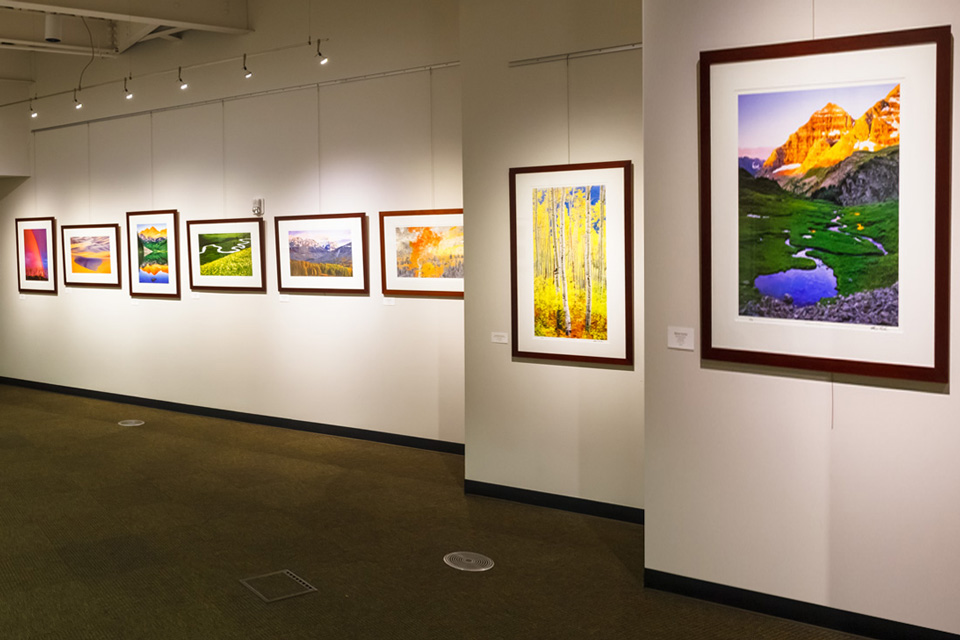Museum Quality Artwork
The term Archival is often used in the arts to suggest the long term stability of artwork, but without any clear definition of precisely what that means. In the realm of photography, the ambiguity stems from the facts that the longevity of all the components used in a finished piece are not known, and that differences in long term display conditions will affect the stability of an image. For instance, the baryta fiber printing papers and pigmented inks currently used in the Limited Edition prints have a tested lifespan (before any noticeable fading occurs), of greater than 70 years behind glass, 120 years behind an ultraviolet filtering sheet, and greater than 200 years in dark storage. So a collector keeping an unmounted print in dark storage can be relatively assured of the print’s integrity for many generations. But display conditions can vary dramatically and many mounting techniques use materials that aren’t vigorously tested like the prints themselves. Consequently, making specific claims about how long a displayed print will last would be disingenuous and misleading. As an alternative to the term archival, we prefer the terms conservation materials and techniques.
Conservation materials and techniques can be defined as the best available materials and practices for creating artworks with long term stability. These are the types of materials and mounting techniques demanded by gallery and museum conservationists. When choosing printing and mounting materials, we do extensive research on which materials will provide both the best longevity and most pleasing aesthetic for a finished piece. For instance, the current preferences for printing materials are Harman Gloss Baryta paper and Epson Ultrachrome pigmented inks. This combination produces prints with a luxurious soft gloss surface, exceptional detail, wide color gamut, and excellent longevity as noted above. Traditionally framed prints are heat mounted using a low temperature, acid free, reversible mounting tissue onto 100% cotton, acid free museum grade mounting board.* This ensures both that the back of the print is protected from degradation and that the print is removable, should remounting ever be required. With traditionally framed pieces, an optical acrylic sheet is used for glazing and the back is covered with an acid free foam core sheet for rigidity. For plaque mounted prints, where glass or acrylic glazing is not possible, the print face is heat laminated with an acid free, UV resistant polyester sheet to protect the surface from abrasion, moisture, and light. In short, every effort is made to make each piece as durable as possible.
While it is not possible to give a specific number for the longevity of a Limited Edition print, you can be assured that the materials and techniques used in creating finished pieces are among the best available. With proper care, your Limited Edition print can last a lifetime.
* Note that some conservationists do not believe that using mounting tissues is the best practice, because there is little controlled data indicating the long term effects of dry mounting. As an alternative, they prefer loose corner or linen hinge mounting of prints because the materials have a known track record. On this point, I differ from some museum’s standards because I believe that mounting a print to a rigid substrate protects the print from both mechanical and moisture damage. Not to mention, a dry mounted print stays flat and is aesthetically more pleasing. Ansel Adams dry mounted most of his prints for the same reasons.
